Solange Pessoa
11 Nov 2023 - 04 Feb 2024
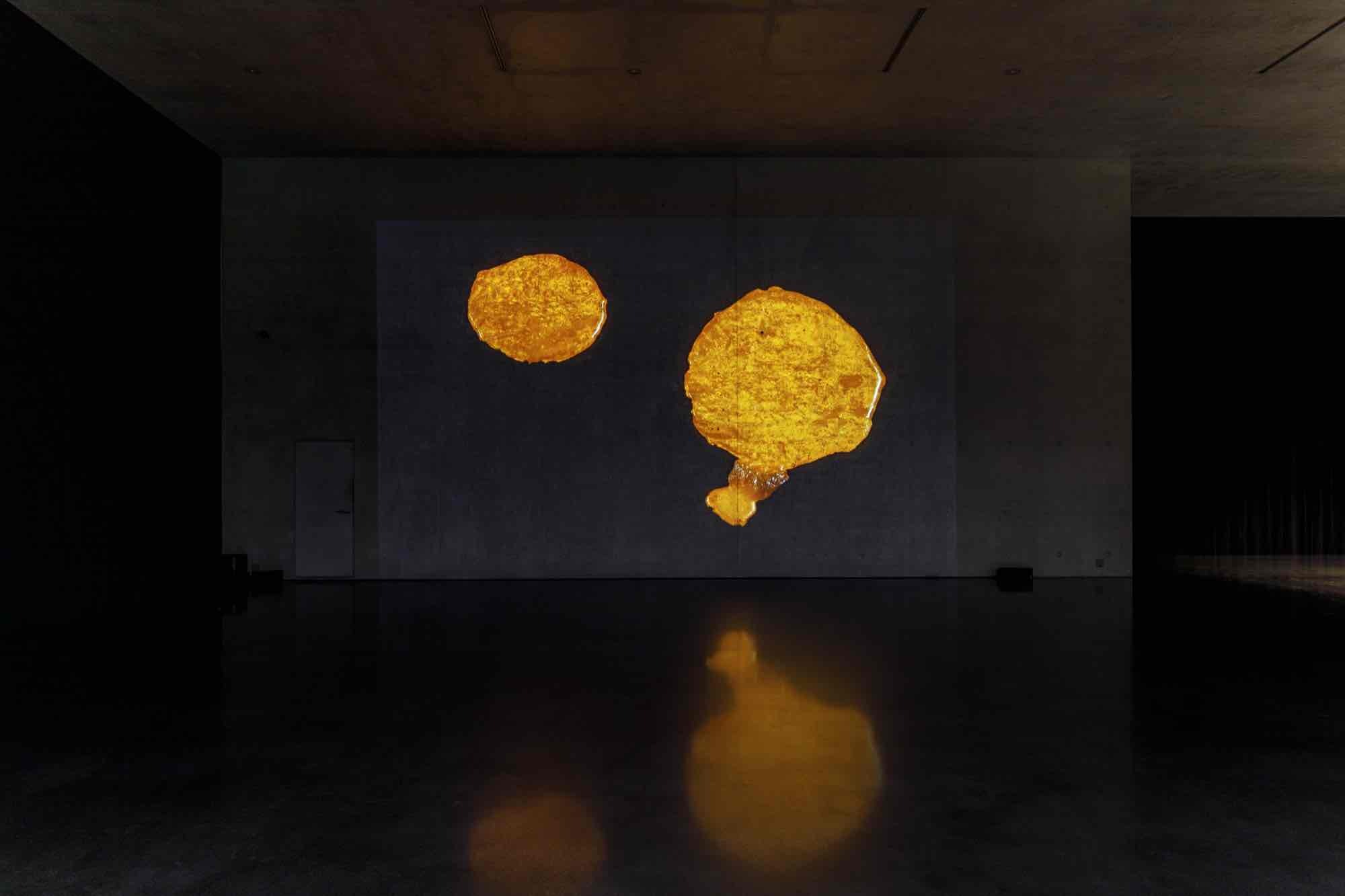
Solange Pessoa, Delongas, 2023
Installation view ground floor Kunsthaus Bregenz, 2023
Photo: Markus Tretter
Courtesy of the artist
© Solange Pessoa, Kunsthaus Bregenz
Installation view ground floor Kunsthaus Bregenz, 2023
Photo: Markus Tretter
Courtesy of the artist
© Solange Pessoa, Kunsthaus Bregenz
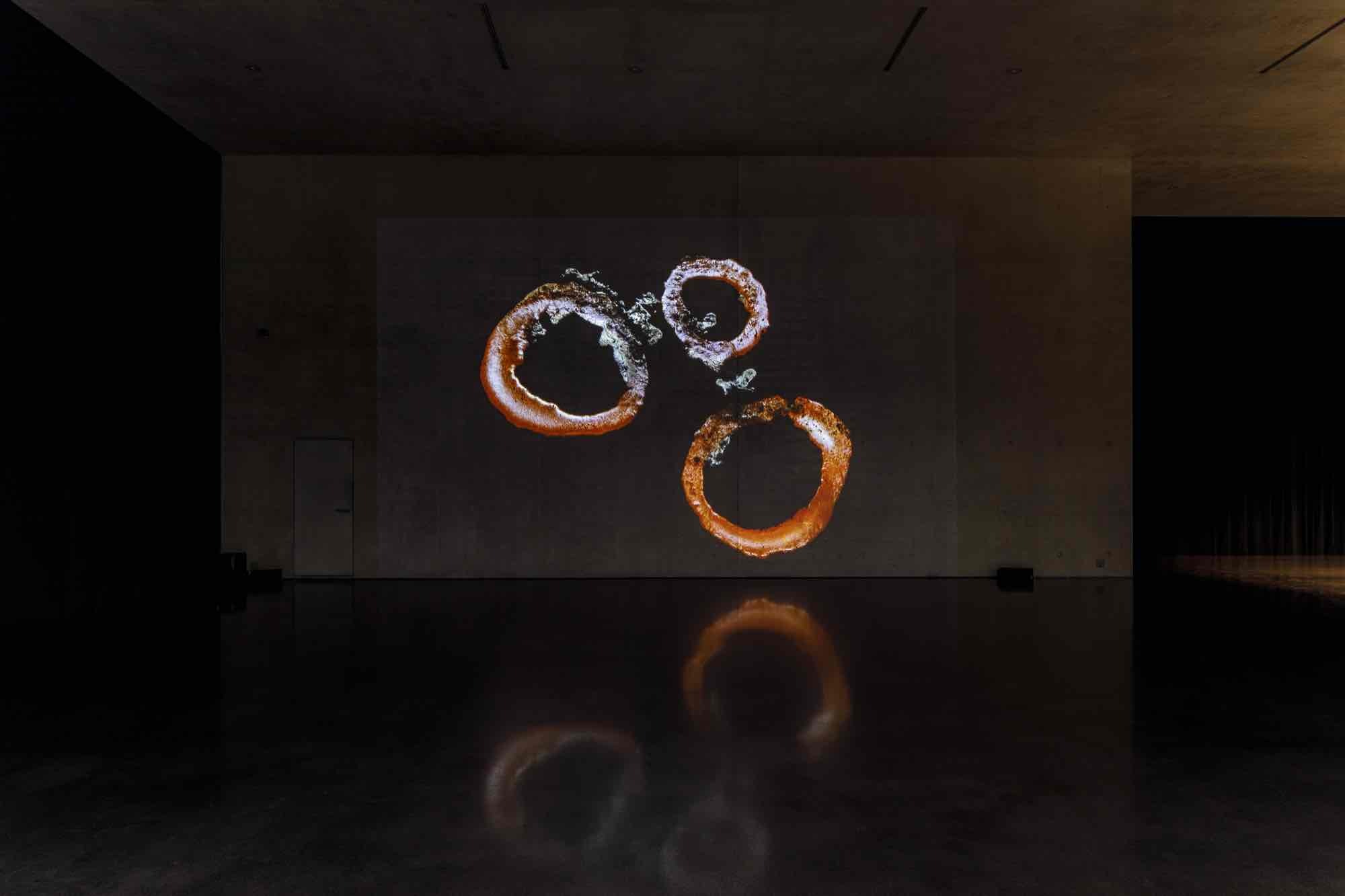
Solange Pessoa, Delongas, 2023
Installation view ground floor Kunsthaus Bregenz, 2023
Photo: Markus Tretter
Courtesy of the artist
© Solange Pessoa, Kunsthaus Bregenz
Installation view ground floor Kunsthaus Bregenz, 2023
Photo: Markus Tretter
Courtesy of the artist
© Solange Pessoa, Kunsthaus Bregenz
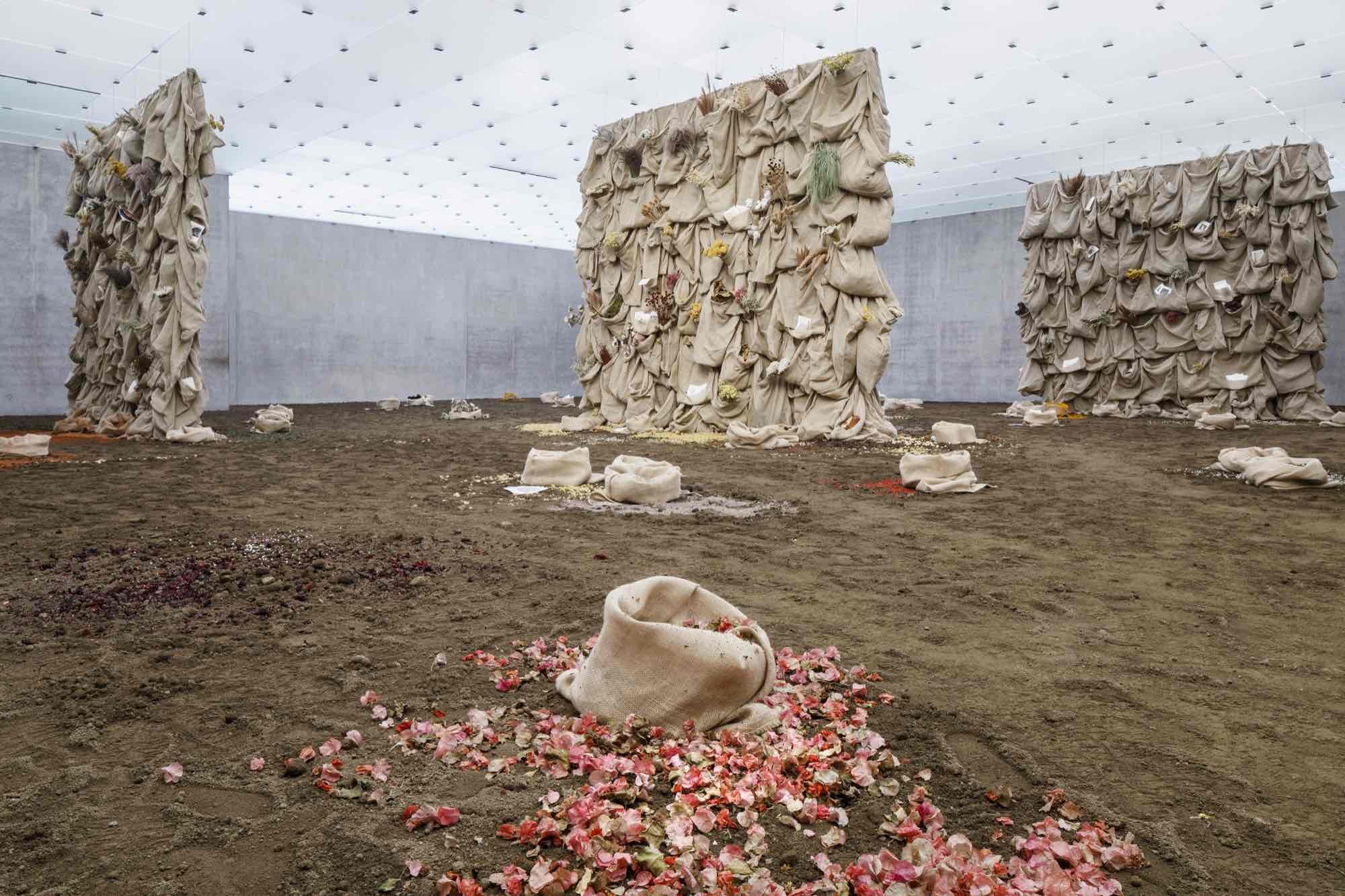
Solange Pessoa, Bags – Bregenz version, 1994–2023
Installation view first floor Kunsthaus Bregenz, 2023
Photo: Markus Tretter
Courtesy of the artist, Mendes Wood DM
© Solange Pessoa, Kunsthaus Bregenz
Installation view first floor Kunsthaus Bregenz, 2023
Photo: Markus Tretter
Courtesy of the artist, Mendes Wood DM
© Solange Pessoa, Kunsthaus Bregenz
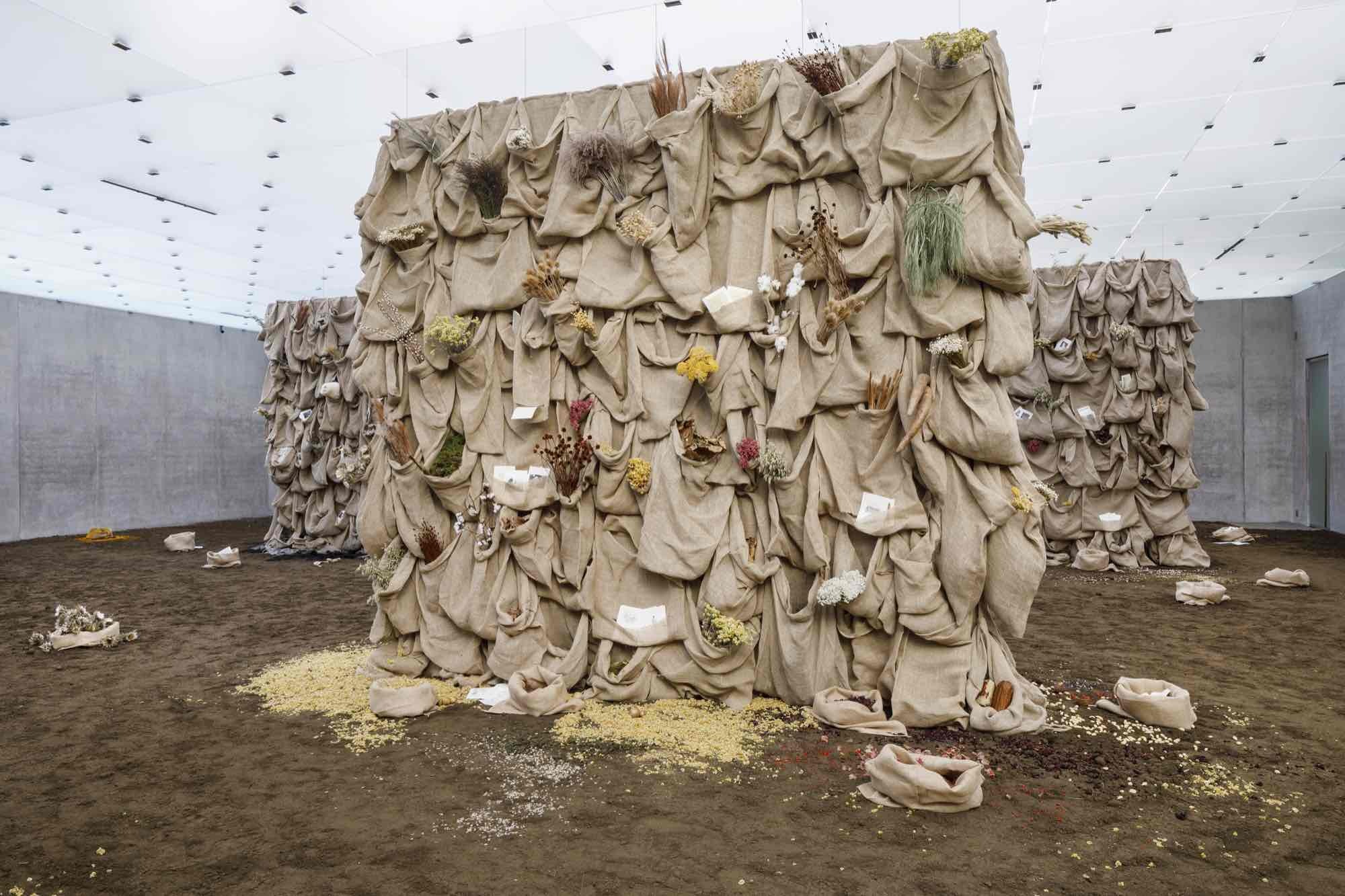
Solange Pessoa, Bags – Bregenz version, 1994–2023
Installation view first floor Kunsthaus Bregenz, 2023
Photo: Markus Tretter
Courtesy of the artist, Mendes Wood DM
© Solange Pessoa, Kunsthaus Bregenz
Installation view first floor Kunsthaus Bregenz, 2023
Photo: Markus Tretter
Courtesy of the artist, Mendes Wood DM
© Solange Pessoa, Kunsthaus Bregenz
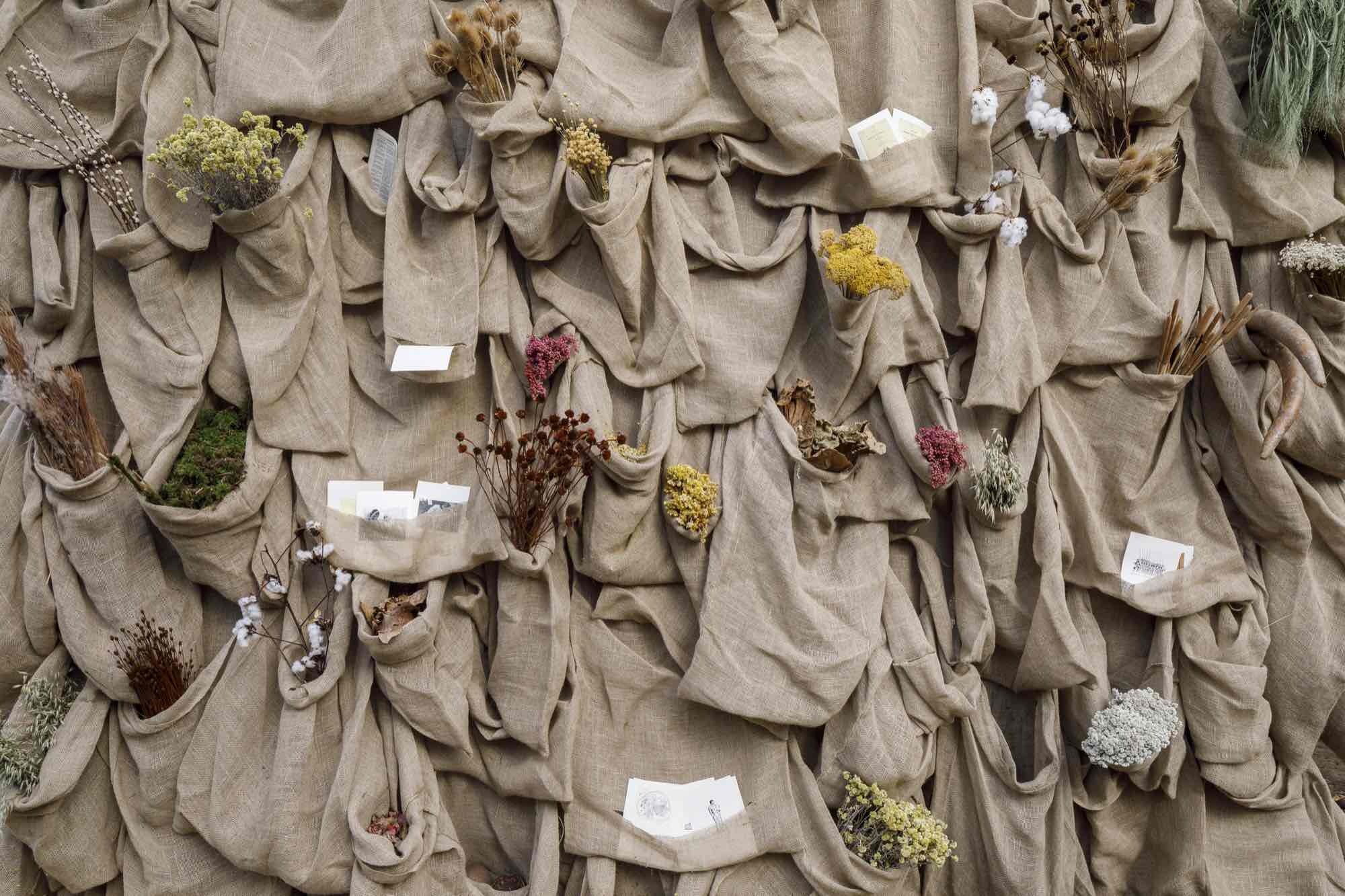
Solange Pessoa, Bags – Bregenz version, 1994–2023
Detail view first floor Kunsthaus Bregenz, 2023
Photo: Markus Tretter
Courtesy of the artist, Mendes Wood DM
© Solange Pessoa, Kunsthaus Bregenz
Detail view first floor Kunsthaus Bregenz, 2023
Photo: Markus Tretter
Courtesy of the artist, Mendes Wood DM
© Solange Pessoa, Kunsthaus Bregenz
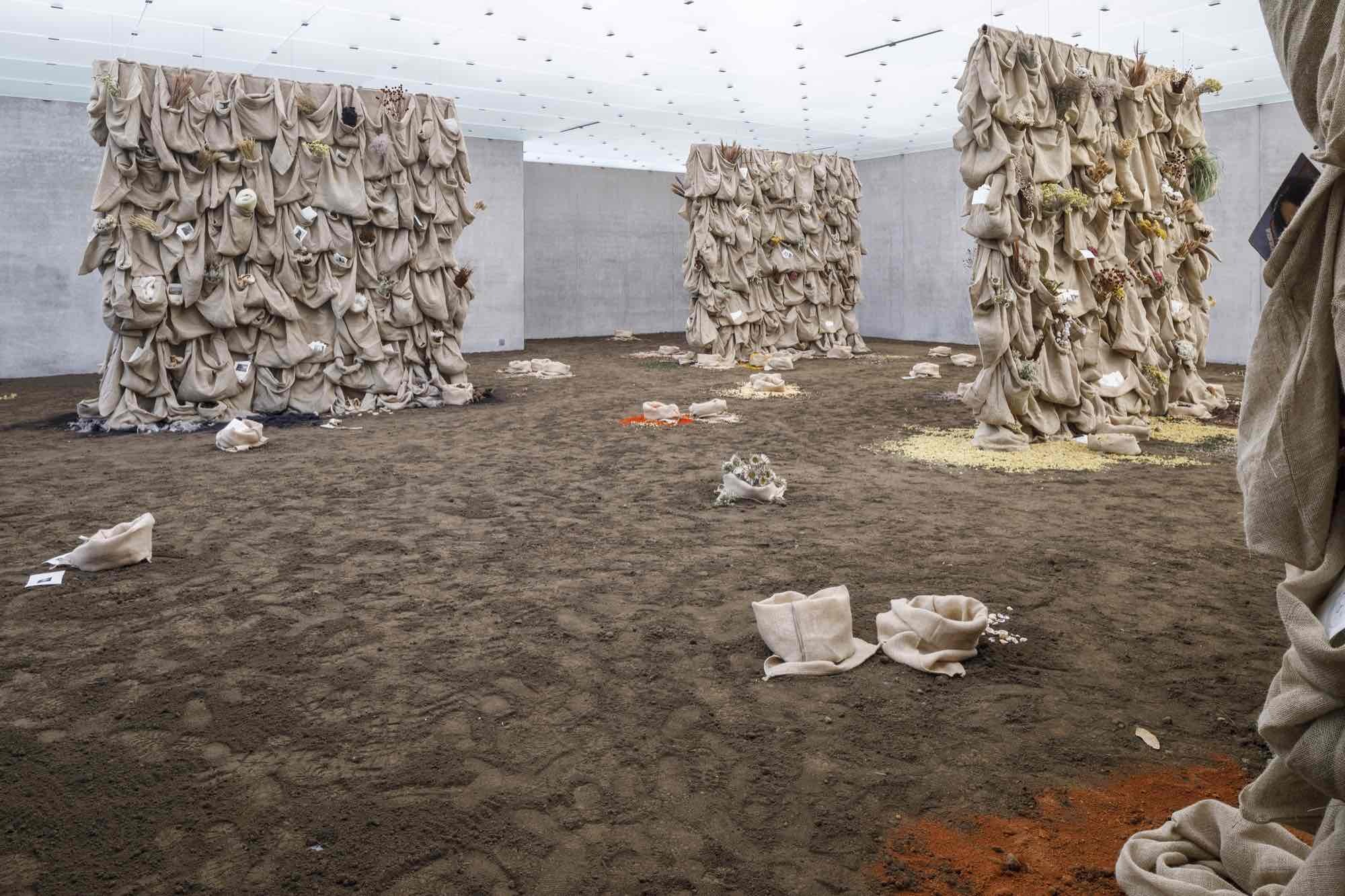
Solange Pessoa, Bags – Bregenz version, 1994–2023
Installation view first floor Kunsthaus Bregenz, 2023
Photo: Markus Tretter
Courtesy of the artist, Mendes Wood DM
© Solange Pessoa, Kunsthaus Bregenz
Installation view first floor Kunsthaus Bregenz, 2023
Photo: Markus Tretter
Courtesy of the artist, Mendes Wood DM
© Solange Pessoa, Kunsthaus Bregenz
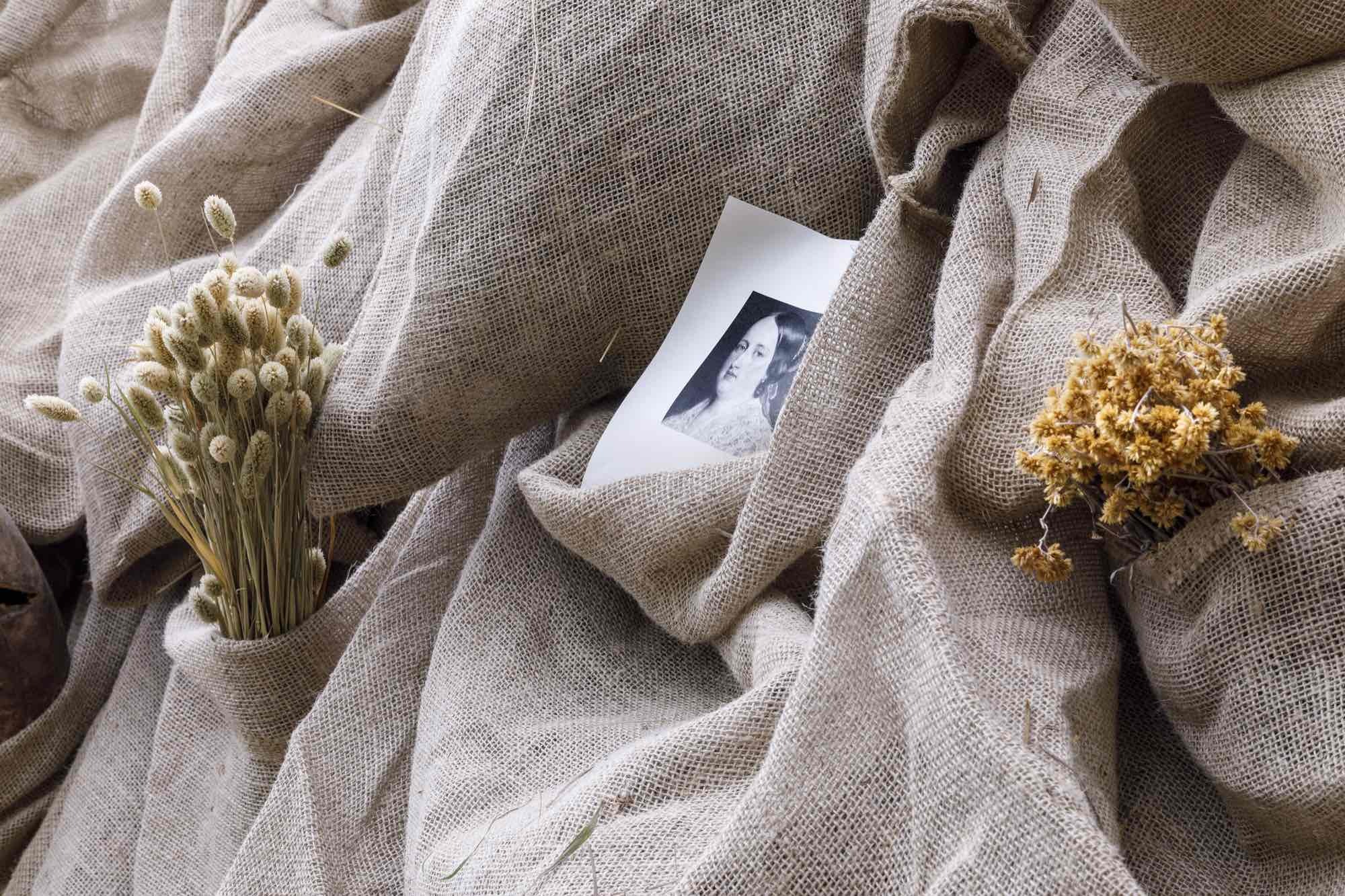
Solange Pessoa, Bags – Bregenz version, 1994–2023
Detail view first floor Kunsthaus Bregenz, 2023
Photo: Markus Tretter
Courtesy of the artist, Mendes Wood DM
© Solange Pessoa, Kunsthaus Bregenz
Detail view first floor Kunsthaus Bregenz, 2023
Photo: Markus Tretter
Courtesy of the artist, Mendes Wood DM
© Solange Pessoa, Kunsthaus Bregenz
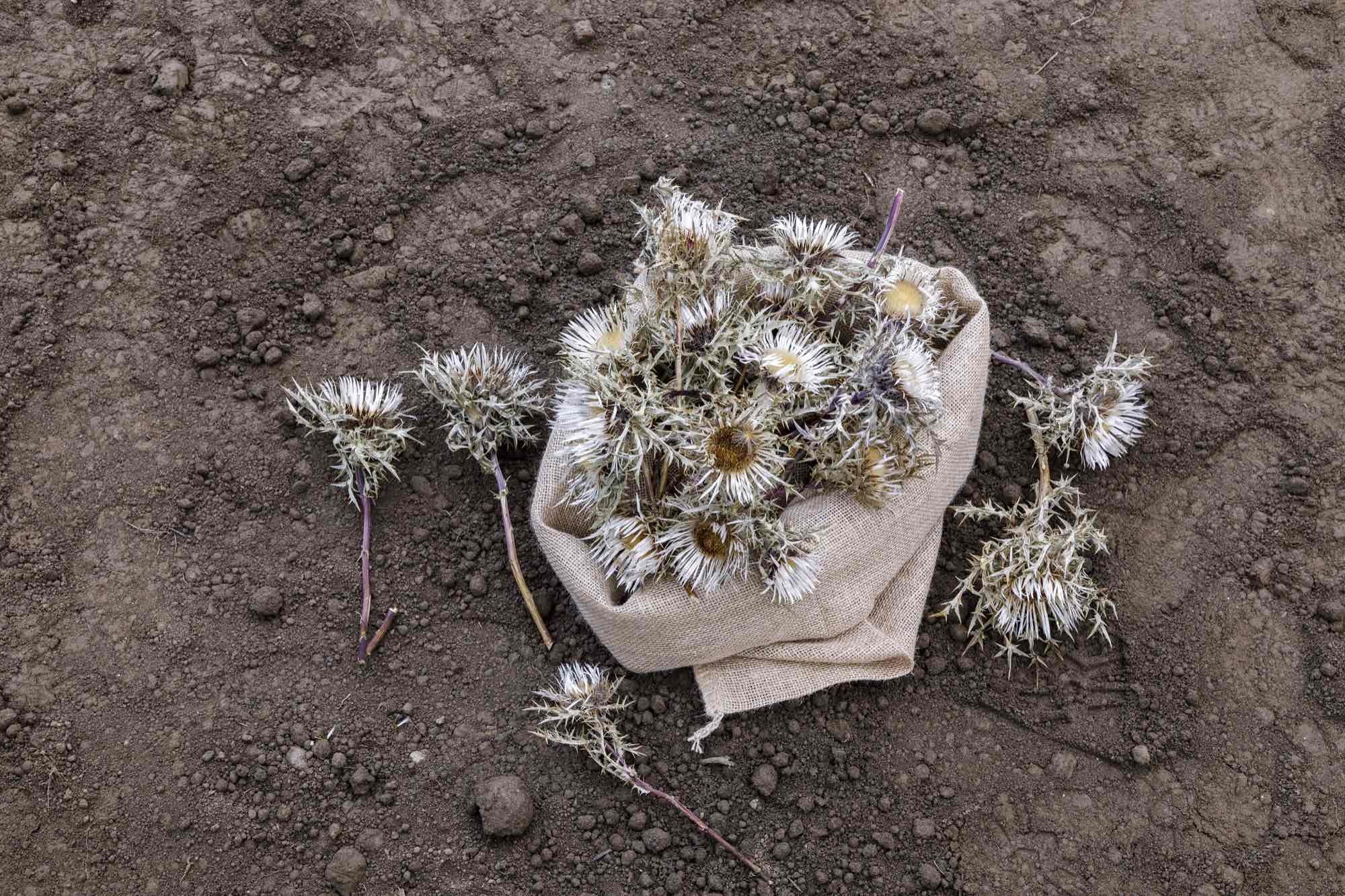
Solange Pessoa, Bags – Bregenz version, 1994–2023
Detail view first floor Kunsthaus Bregenz, 2023
Photo: Markus Tretter
Courtesy of the artist, Mendes Wood DM
© Solange Pessoa, Kunsthaus Bregenz
Detail view first floor Kunsthaus Bregenz, 2023
Photo: Markus Tretter
Courtesy of the artist, Mendes Wood DM
© Solange Pessoa, Kunsthaus Bregenz
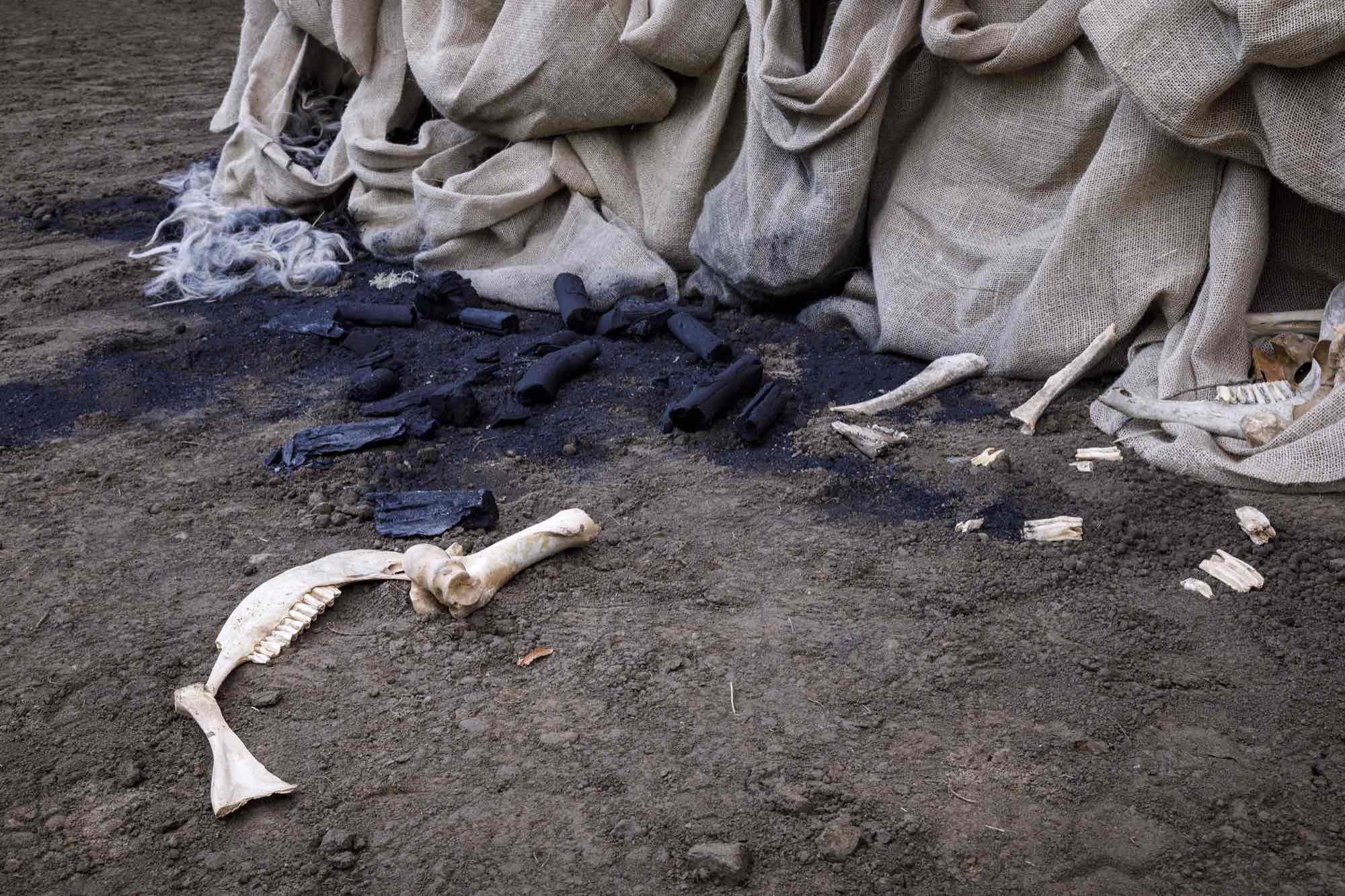
Solange Pessoa, Bags – Bregenz version, 1994–2023
Detail view first floor Kunsthaus Bregenz, 2023
Photo: Markus Tretter
Courtesy of the artist, Mendes Wood DM
© Solange Pessoa, Kunsthaus Bregenz
Detail view first floor Kunsthaus Bregenz, 2023
Photo: Markus Tretter
Courtesy of the artist, Mendes Wood DM
© Solange Pessoa, Kunsthaus Bregenz
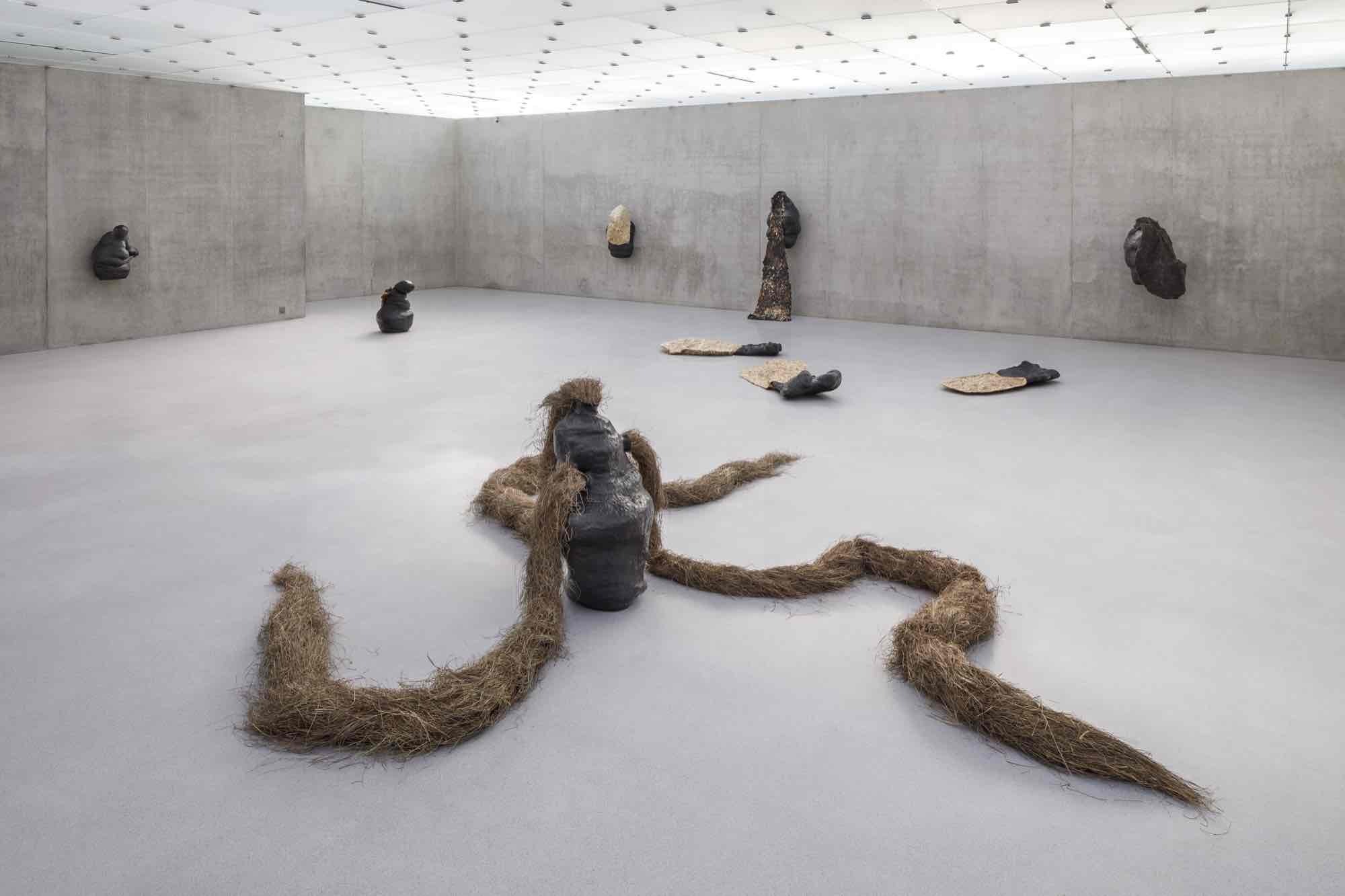
Solange Pessoa
Installation view second floor Kunsthaus Bregenz, 2023
Photo: Markus Tretter
Courtesy of the artist, Mendes Wood DM
© Solange Pessoa, Kunsthaus Bregenz
Installation view second floor Kunsthaus Bregenz, 2023
Photo: Markus Tretter
Courtesy of the artist, Mendes Wood DM
© Solange Pessoa, Kunsthaus Bregenz
On view on the ground floor is a video. It shows liquified bronze in the process of hardening. The film is projected on a large-scale on the concrete wall of Kunsthaus Bregenz. Light circles around the form. It is an encounter of materials—a visual, tactile, sound, and spatial experience.
Solange Pessoa is from Minas Gerais in Brazil. She is interested in substances, simplicity, and the impact of things that for her relate to the history of the Earth and humanity. The artist draws attention to processes—states and change—and gives meaning to material energies. Her gaze testifies to attentiveness, sensitivity, and patience. The melting and hardening of the bronze becomes as significant a theme as the resulting sculpture.
On the first floor are burlap sacks that have been sewn together and suspended from the ceiling like towering walls. The sacks are filled with soil, some display discoloration. Plants, bones fragments, and dried blossoms can be seen. A few of the sacks contain sheets of paper with texts, historical depictions, and photographs. “It is a kind of great universal archive, diverse and infinite, which houses thick materialities (physical and symbolic) in a relationship between nature and culture,” Pessoa remarks in conversation. The papers display excerpts of historical reports about the Portuguese colony of Brazil and its relationship to Austria since the early nineteenth century. After the Vienna Congress, Habsburg Archduchess Leopoldine married Crown Prince Pedro I from the Portuguese royal house of Braganza. Following their marriage, in 1817, an Austrian expedition to Brazil was launched: zoologists, botanists, and minerologists—searching for natural resources—set out for Brazil, accompanied by the painter Thomas Ender. They reached the country during a politically turbulent period. Dom Pedro broke away from Portugal and had himself crowned emperor of Brazil in 1822. Ender’s pictures reflect the then typical exoticizing view of Brazil’s foreign culture; the archduchess also painted landscapes and depictions of people. Because of social and economic problems, numerous Austrians emigrated to Brazil in the late nineteenth and early twentieth centuries. A few surviving photographs show impoverished Voralberg families who set out to try their luck in Brazil.
Many of Pessoa’s works have a connection with Arte Povera and integrate organic materials and found objects. Moreover, the filled jute sacks also establish a connection to the architecture of her homeland—the Brazilian Baroque, which experienced its heyday during the colonial period. Pessoa repeatedly makes reference to the soft, white soapstone used in the building of churches of the time and by Aleijadinho, the most important architect and sculptor of Brazilian Baroque art. For the most recent Venice Biennale, Pessoa set pieces of carved soapstone in a meadow between the buildings of the Arsenale. Rainwater, leaves, and moss collected in their hollows.
Displayed on the second floor are bronze sculptures. They hang relief-like on the walls or stand freely in the space without a base. The lumpy, metallic pieces are reminiscent of amorphous found objects, meteorites, or thickened formations of lava. Some are decorated with feathers, skins, hair, wool, or grass. Pessoa has been working on this installation titled Ó Ó Ó Ó since 2012. At Kunsthaus Bregenz it is being exhibited for the first time in completed form. “I can see,” Pessoa explains in conversation with Liz Munsell, “that there is a sort of return to the amorphous in my work, to the gravity of oneiric material elements and to a primitive imaginary nature, via its approaches to animism, cosmogonies, temporal textures, and psychic energy links.”
On the top floor an expansive sculpture made of feathers titled Miracéus hangs in the center of the room under the bright ceiling. The feathers come from various birds, were collected over the years, and joined together into a dense carpet. The central part of the installation is a kind of “penetrable” (tunnel) for looking at what is above, in the dark. Presented on the walls are oil paintings showing organic forms in simple abstractions—thick strokes in black on a matte-colored ground. They recall imprints, prehistorical symbols, or magic signs. “I think,” says the artist, “Miracéus is something close to devotional sculptures, with a cult, mythical, and ritualistic dimension.”
Solange Pessoa is from Minas Gerais in Brazil. She is interested in substances, simplicity, and the impact of things that for her relate to the history of the Earth and humanity. The artist draws attention to processes—states and change—and gives meaning to material energies. Her gaze testifies to attentiveness, sensitivity, and patience. The melting and hardening of the bronze becomes as significant a theme as the resulting sculpture.
On the first floor are burlap sacks that have been sewn together and suspended from the ceiling like towering walls. The sacks are filled with soil, some display discoloration. Plants, bones fragments, and dried blossoms can be seen. A few of the sacks contain sheets of paper with texts, historical depictions, and photographs. “It is a kind of great universal archive, diverse and infinite, which houses thick materialities (physical and symbolic) in a relationship between nature and culture,” Pessoa remarks in conversation. The papers display excerpts of historical reports about the Portuguese colony of Brazil and its relationship to Austria since the early nineteenth century. After the Vienna Congress, Habsburg Archduchess Leopoldine married Crown Prince Pedro I from the Portuguese royal house of Braganza. Following their marriage, in 1817, an Austrian expedition to Brazil was launched: zoologists, botanists, and minerologists—searching for natural resources—set out for Brazil, accompanied by the painter Thomas Ender. They reached the country during a politically turbulent period. Dom Pedro broke away from Portugal and had himself crowned emperor of Brazil in 1822. Ender’s pictures reflect the then typical exoticizing view of Brazil’s foreign culture; the archduchess also painted landscapes and depictions of people. Because of social and economic problems, numerous Austrians emigrated to Brazil in the late nineteenth and early twentieth centuries. A few surviving photographs show impoverished Voralberg families who set out to try their luck in Brazil.
Many of Pessoa’s works have a connection with Arte Povera and integrate organic materials and found objects. Moreover, the filled jute sacks also establish a connection to the architecture of her homeland—the Brazilian Baroque, which experienced its heyday during the colonial period. Pessoa repeatedly makes reference to the soft, white soapstone used in the building of churches of the time and by Aleijadinho, the most important architect and sculptor of Brazilian Baroque art. For the most recent Venice Biennale, Pessoa set pieces of carved soapstone in a meadow between the buildings of the Arsenale. Rainwater, leaves, and moss collected in their hollows.
Displayed on the second floor are bronze sculptures. They hang relief-like on the walls or stand freely in the space without a base. The lumpy, metallic pieces are reminiscent of amorphous found objects, meteorites, or thickened formations of lava. Some are decorated with feathers, skins, hair, wool, or grass. Pessoa has been working on this installation titled Ó Ó Ó Ó since 2012. At Kunsthaus Bregenz it is being exhibited for the first time in completed form. “I can see,” Pessoa explains in conversation with Liz Munsell, “that there is a sort of return to the amorphous in my work, to the gravity of oneiric material elements and to a primitive imaginary nature, via its approaches to animism, cosmogonies, temporal textures, and psychic energy links.”
On the top floor an expansive sculpture made of feathers titled Miracéus hangs in the center of the room under the bright ceiling. The feathers come from various birds, were collected over the years, and joined together into a dense carpet. The central part of the installation is a kind of “penetrable” (tunnel) for looking at what is above, in the dark. Presented on the walls are oil paintings showing organic forms in simple abstractions—thick strokes in black on a matte-colored ground. They recall imprints, prehistorical symbols, or magic signs. “I think,” says the artist, “Miracéus is something close to devotional sculptures, with a cult, mythical, and ritualistic dimension.”
